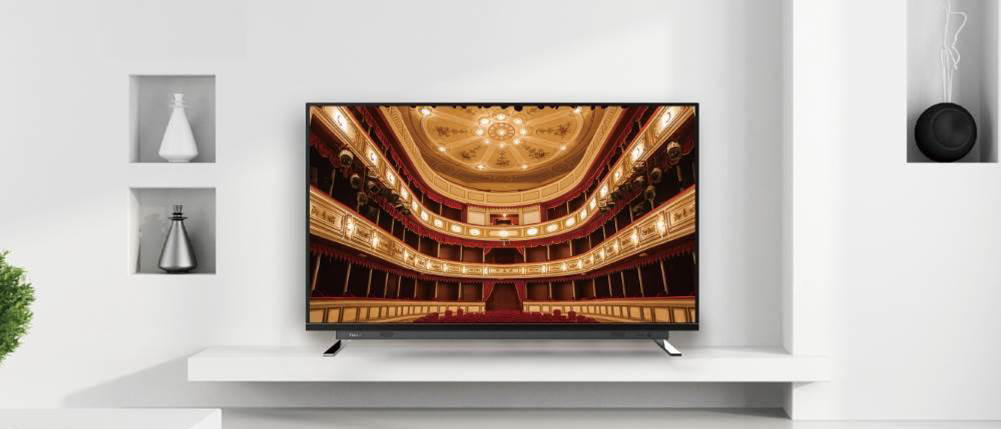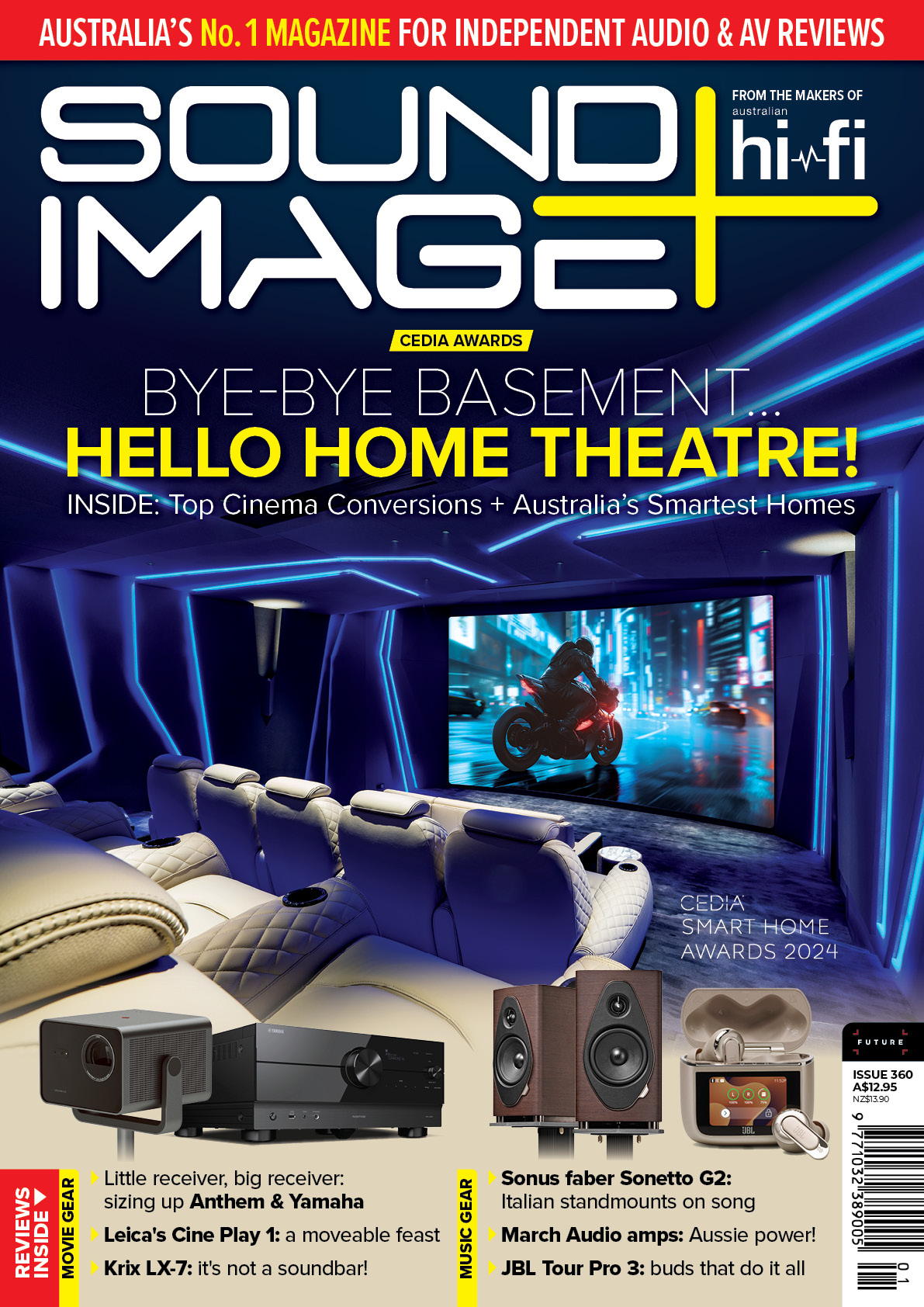Sound+Image Verdict
A fine-looking TV producing a good quality picture, and boasting very good smart features at a very reasonable price.
Pros
- +
Good overall panel performance
- +
Very good smart features
- +
Classy styling
Cons
- -
Can't see picture while adjusting settings
Why you can trust What Hi-Fi?
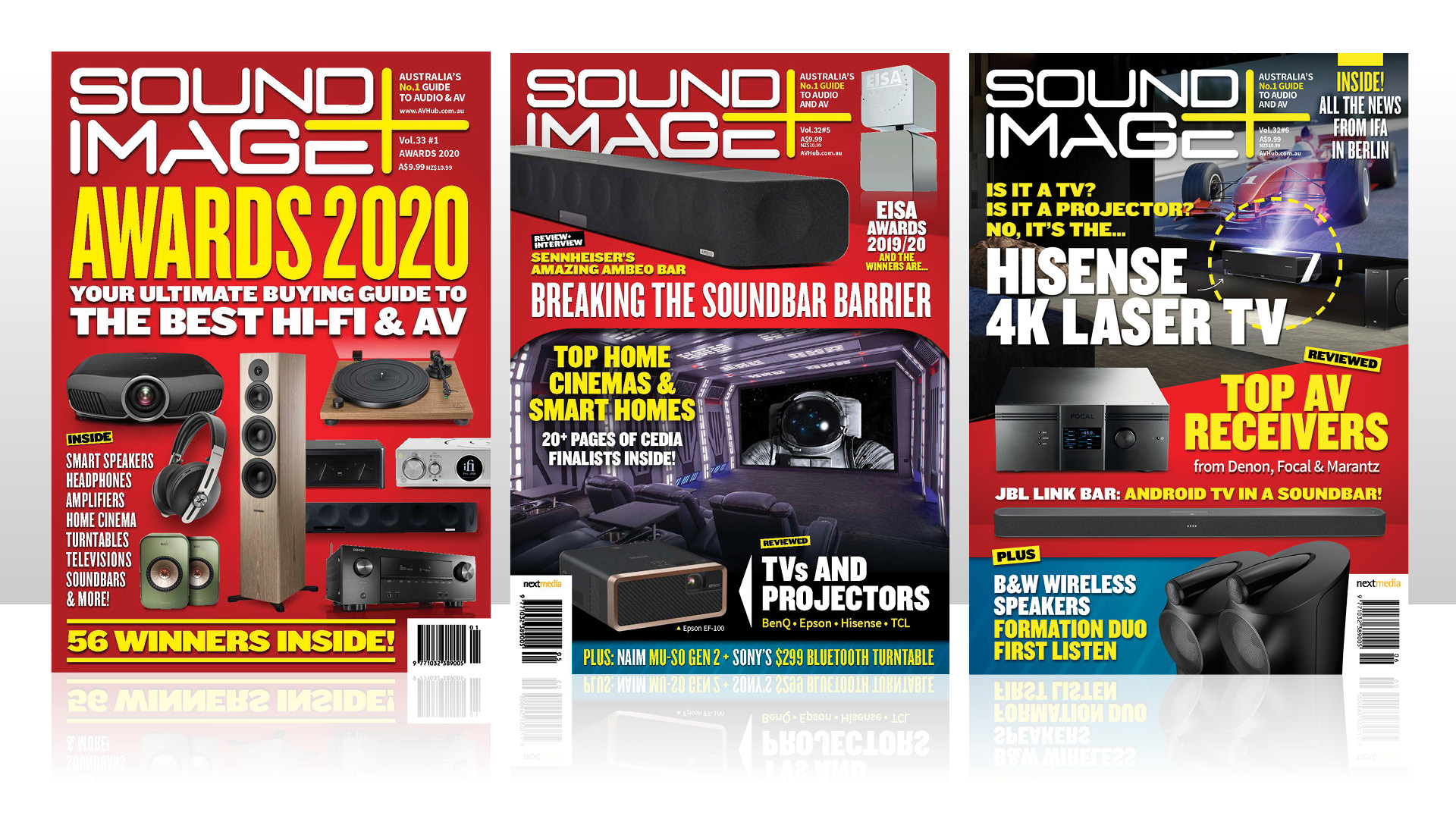
This review originally appeared in Sound+Image magazine, one of What Hi-Fi?’s Australian sister publications. Click here for more information on Sound+Image, including details on how you can subscribe.
Toshiba is back in the Australian TV market, in the hands of Australian distributor Powermove, and while its first models are shooting for the relatively value end of their categories, they nevertheless include impressively-priced 55 and 65-inch Ultra-HD (4K) models which offer the attractive and versatile Android television interface. We spent some time with the larger one, the Toshiba 65U7750 Ultra-HD Android TV - and it went on to win our 'Best Buy' Television of the Year in the 2018 Sound+Image Awards.
Equipment
The Android part of the name points to this being a smart TV running Google Android as its operating system. And despite the value-for-money pricing, it delivers pretty good smart stuff, not least thanks to support for voice interaction, with Google’s assistant being one of the best in the business. We shall return to that.
This TV is also impressively stylish at the price. It rests on two sturdy yet fine looking chrome-plated legs. These are fairly wide on the body, so unless you’re wall-mounting you’ll need a bench at least 1153mm wide. Hanging down from the TV body is a wide speaker bar, allowing for forward- firing sound. The bezel is dark and slim. At the top and sides, the space from the edge of the picture to the edge of the TV is only 13mm.
There are three HDMI inputs, plus support for composite video and audio (but not component video). There are two USB sockets, and stereo audio outputs as both analogue and digital optical.
Bluetooth is supported for input devices and to connect external speakers. So are USB keyboards and mouses for use with the smart stuff. Likewise, you get dual-band Wi-Fi, plus Ethernet, for connecting to your home network.
Although this is a 4K TV, it doesn’t support High Dynamic Range (HDR) signals, nor the most advanced colour standards, such as BT.2020. Does that mean that you can’t play Ultra-HD Blu-ray? No — you can play these and get all the advantages of the razor-sharp resolution, just not the potentially wider dynamic range beyond normal bright whites, and the improved colour graduations between shades (though see below). Your Ultra-HD Blu-ray player will recognise its abilities and provide an appropriate Ultra-HD signal. (Can we be certain of this? We can, as we tested it with the very latest UHD disc releases.)
So, should you spurn this TV and go for one that does support HDR? Here we have to distinguish between two quite different things: the signal that a display can accept, and the image that a display can produce. No consumer TV yet available can display the full potential range of HDR, nor all the colours. Indeed, there is some suspicion that many lower-cost models which claim to be “HDR-compatible” can accept the signal but not display it, still only employing eight-bit processing.
With this TV, on the other hand, you know exactly what you’re going to get. Potentially rather more, in fact, given that Toshiba’s CEVO “4K engine” and other processing includes 10-bit colour remapping which aims to achieve the same kind of colour band smoothing delivered by the actual display of wider colour gamuts.
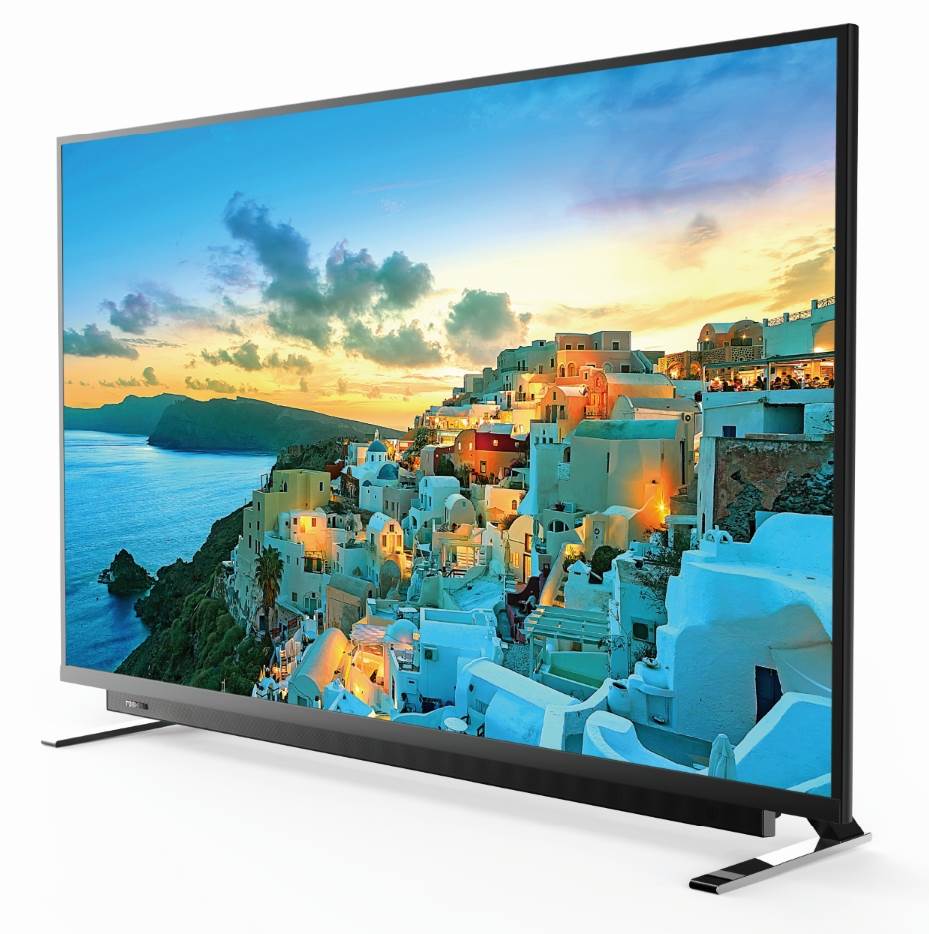
Performance
The picture was wonderfully bright and bold right out of the box. We went straight to the ‘User’ picture setting, mainly because the named settings had titles which hinted at likely inaccuracies: ‘Vivid’, ‘Hi-Bright’ and so on. On ‘Hi-Bright’, for example, whites were hugely crushed (near whites indistinguishable from full white). ‘Vivid’ was respectable, though, if you don’t want to go delving into the settings to change things. On ‘User’, the grey scale was very good.
Making adjustments to the picture was harder than usual because these adjustments invoke a grey panel overlaying the picture, so you can’t immediately see the effect. Most TVs sensibly return to the picture during these settings, overlaying only the control slider. But we would recommend going in there anyway and dragging down the ‘Sharpness’ control from its default of 60 (out of 100) all the way down to zero. That will get rid of a tendency towards edginess, and flattened colour in human faces.
The local LED lighting was remarkably effective. Our test patterns (full white circles on a full black background) showed good deep blacks, with very little haloing or light splash around the circles, nor any breakthrough elsewhere on the screen.
There was a tendency for greens to be painted a little more strongly than is entirely realistic in such movies as Miss Potter, and reds as well to a degree. Dragging the ‘Saturation’ control down to around 50 tamed that. Deinterlacing of Miss Potter’s unusual 1080i/50 video was quite well handled, being tripped up only by the very trickiest of scenes.
For that matter, 576i/50 video was also deinterlaced accurately, with the TV determining the film or video cadence with almost perfect accuracy. The importance of that is for the delivery of both free-to-air TV received by the TV, and free-to-air delivered from a PVR. This TV is going to manage that side of things very well indeed.
Unusually, there are no motion smoothing options here (an absence we do not lament), though it does advertise Active Motion & Resolution+ to minimise blurring in fast-moving scenes. Certainly this TV had very little latency in the picture. From our test disc, we’d estimate around 50 to 60 milliseconds. Gamers should do well.
As mentioned, just because a TV doesn’t support HDR doesn’t mean it won’t play Ultra-HD content. And indeed, this one did a very respectable job with a variety of our Ultra-HD Blu-ray discs, just without taking advantage of the expanded colour or brightness gamut. But if you’re happy enough with what regular Blu-ray can provide on that front, then you’ll be even happier with this TV, thanks to the higher resolution and Toshiba’s processing skills.
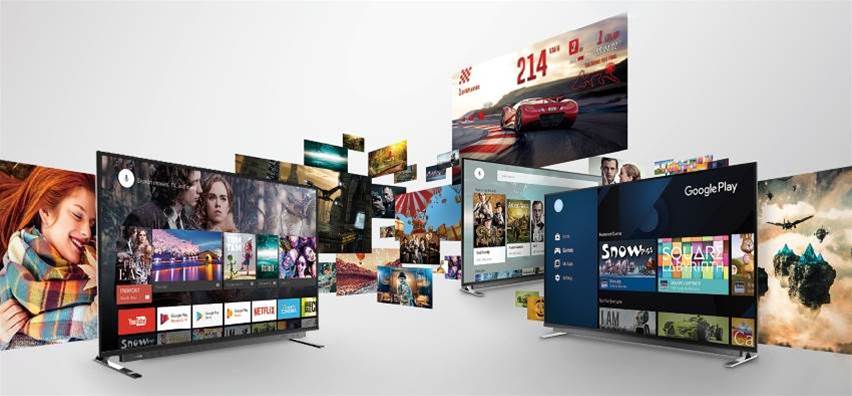
Smart stuff
We’re pretty sure that of all the many TV operating systems out there, Android is the most developed, thanks to the enormous installed base. The great majority of installations are phones, of course, but with dozens of makers and thousands of hardware configurations, Android has become a remarkably robust and powerful system. (For those interested in such things, this TV is running Android 6.0.1, but the launcher is of course Toshiba’s own.)
The most obvious evidence of this is with voice control. On phones you can argue whether Google Now/Assistant or Siri might be the best, but for TVs, Android wins easily. It started listening the instant we pressed the ‘Voice’ button on the Bluetooth remote, and easily delivered near-perfect accuracy in understanding our words. That’s not to say it always did what we want. When we said ‘Go to TV’, it took us to Google Play Movies and TV. A little marketing there. We had to say ‘Go to DTV’ to switch to regular free-to-air TV. When it didn’t understand us, it would usually offer some YouTube clips keyed to the relevant words. We couldn’t get it to switch to a specific channel or change the volume by voice, nor for text entry.
One thing you might want to do is change the name of the TV — that’s the name it uses for identification purposes by Google Cast and so on. The TV had the uninformative name ‘Globe’. When we went to change it we discovered a number of preset options — things like ‘Living Room’, ‘Den’ and so on, so we guess ‘Globe’ was for ‘Global’. We changed it to ‘Toshie’.
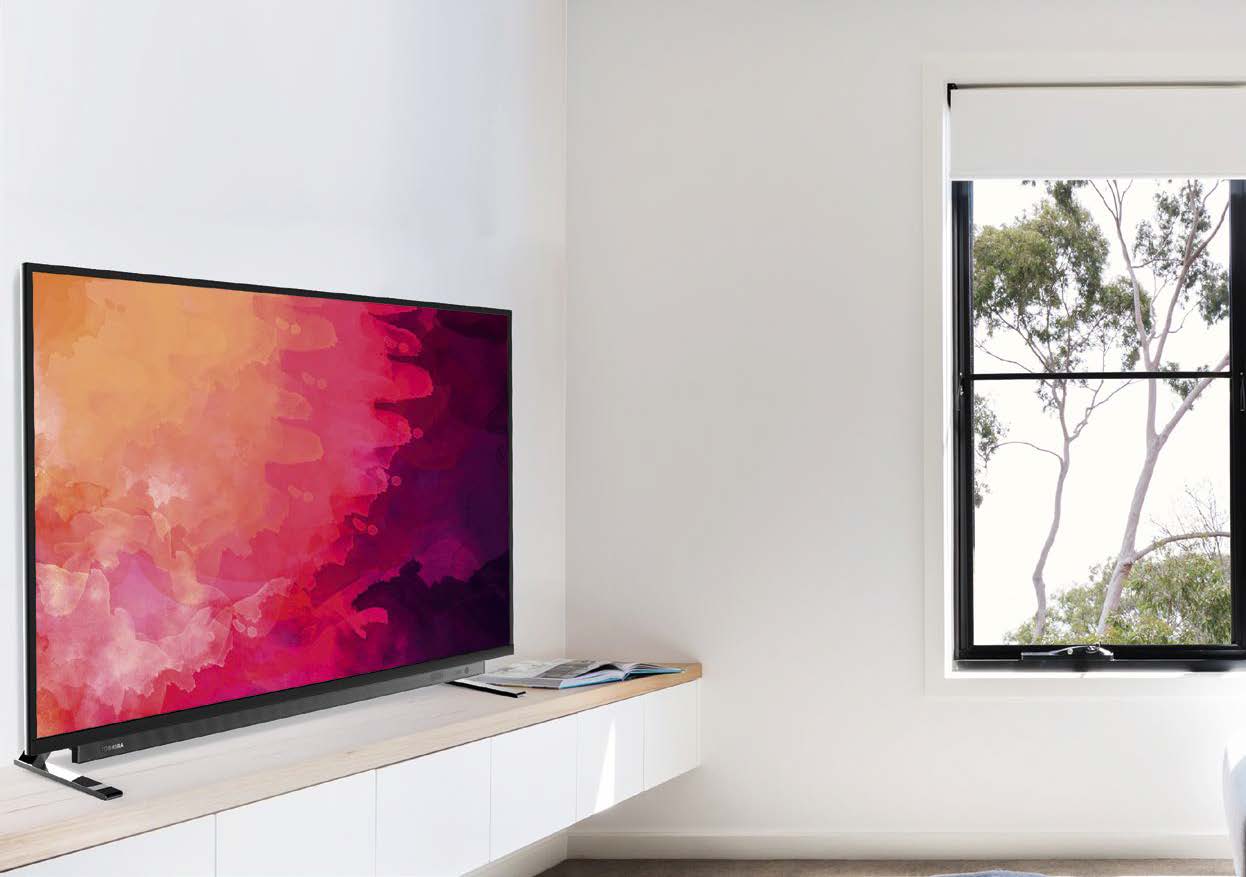
Did we mention that there are two remotes? The regular IR one is supplemented with a small Bluetooth one, which of course frees one from the line of sight and restricted angle nature of IR remotes. It wasn’t pre-paired so we had to follow the instructions in the manual — they were clear — to connect this second remote.
The TV provides access to the Google Play store, though a very cut-down version of it with apps seemingly in the dozens, perhaps hundreds, not in the hundreds of thousands. They are mostly entertainment apps, kids games and such, some of which can cost a few bucks. But there’s also Facebook and a web browser. Using our USB mouse/keyboard, the browser proved very effective.
The TV doesn’t natively support DLNA — the usual way of feeding network media to a smart TV — although we imagine you could find an app for that. Instead it has Chromecast built in, so we sent our video and audio and photos to the TV that way from the network. Since we had the TV connected to our home theatre audio system with the Audio Return Channel enabled, the music we sent from our network storage using a smartphone as the controller was played very nicely, with good information on the screen.
There was a fair bit of stuttering with our big 100Mbps Ultra-HD test clip when streaming via the TV’s Wi-Fi connection. But with the more normal clips of 50Mbps or less, there were no such problems. We were pleased that our Ultra-HD resolution test video clip showed every pixel being displayed, and displayed in the correct colour. The still ‘photo’ version of the same content was clearly bottlenecked down to 1080p at some point, an issue we’ve noticed with Chromecast at other times. So you won’t be getting optimal resolution for your photos, only your video.
Verdict
There are ongoing plans for Toshiba here in Australia, we gather, with models right up to premium OLED in 2018. Meanwhile the Toshiba 65U7750 TV is a fine-looking TV producing a good quality picture, and boasting very good smart features, at a very reasonable price.
Sound+Image is Australia's no.1 mag for audio & AV – sister magazine to Australian Hi-Fi and to the UK's What Hi-Fi?, and bestower of the annual Sound+Image Awards, which since 1989 have recognised the year's best hi-fi and home cinema products and installations. While Sound+Image lives here online as part of our group, our true nature is best revealed in the print magazines and digital issues, which curate unique collections of content each issue under the Editorship of Jez Ford, in a celebration of the joys that real hi-fi and high-quality AV can bring. Enjoy essential reviews of the most exciting new gear, features on Australia's best home cinemas, advice on how to find your sound, and our full Buying Guide based on all our current and past award-winners, all wrapped up with the latest news and editorial ponderings. Click here for more information about Sound+Image, including links to buy individual digital editions and details on how best to subscribe.
